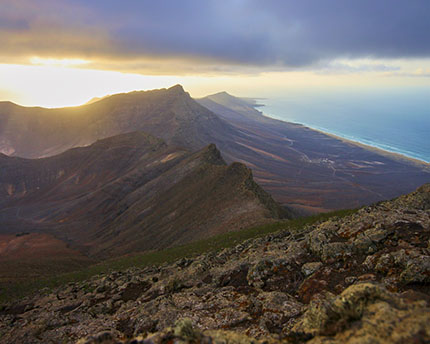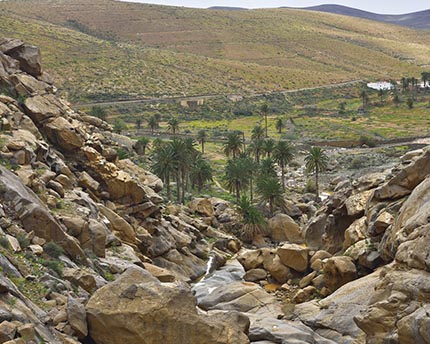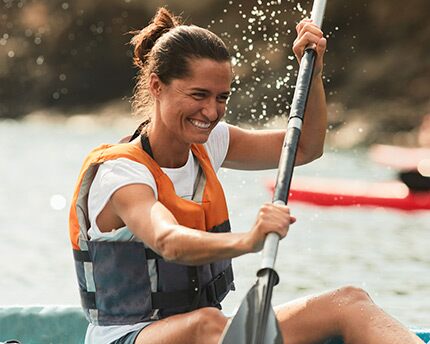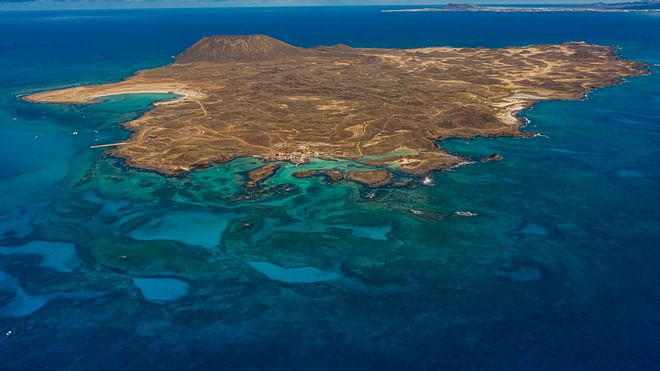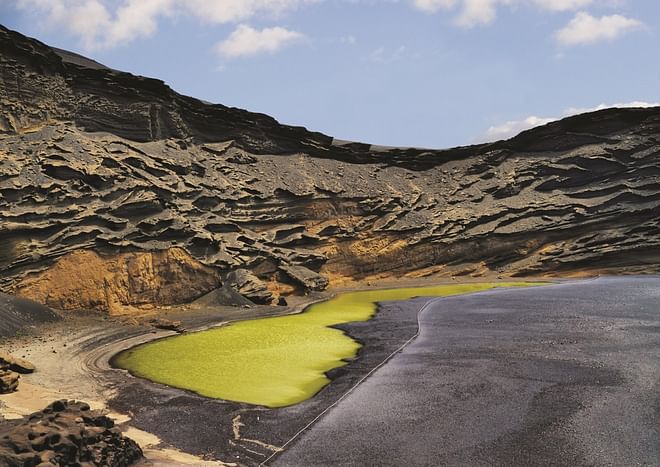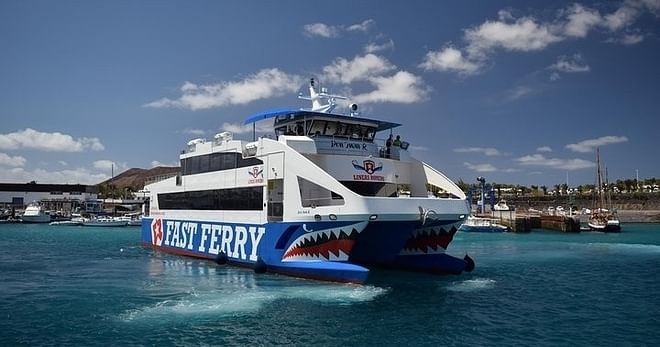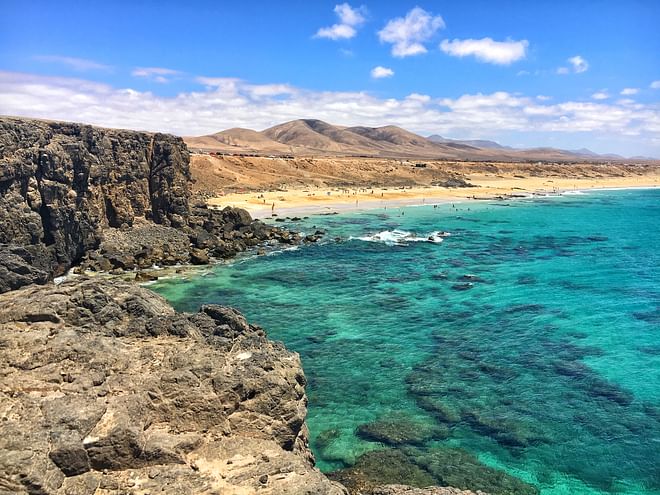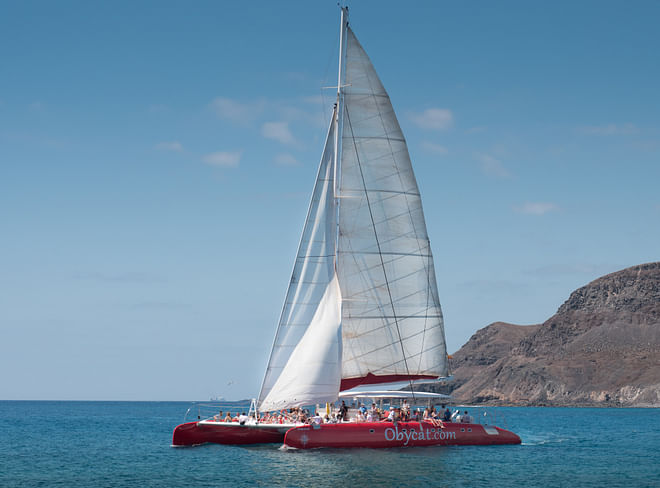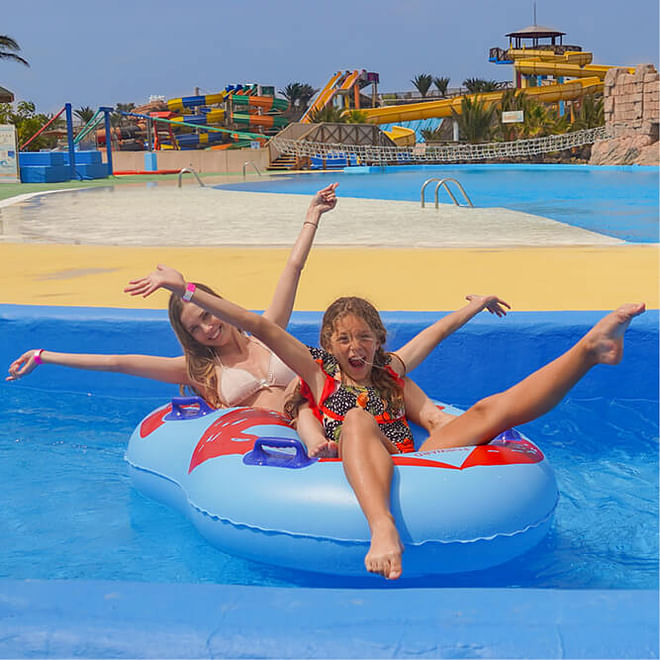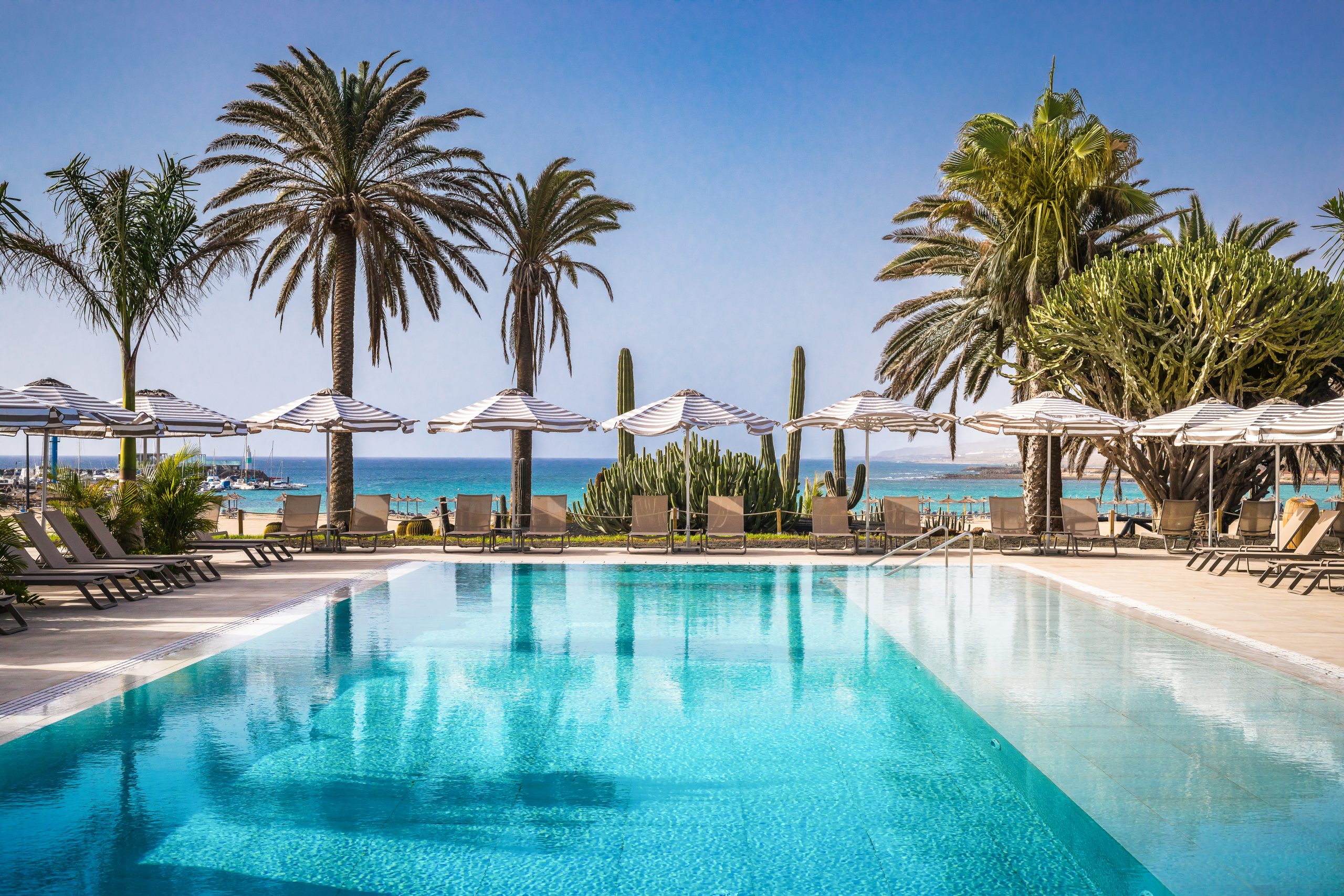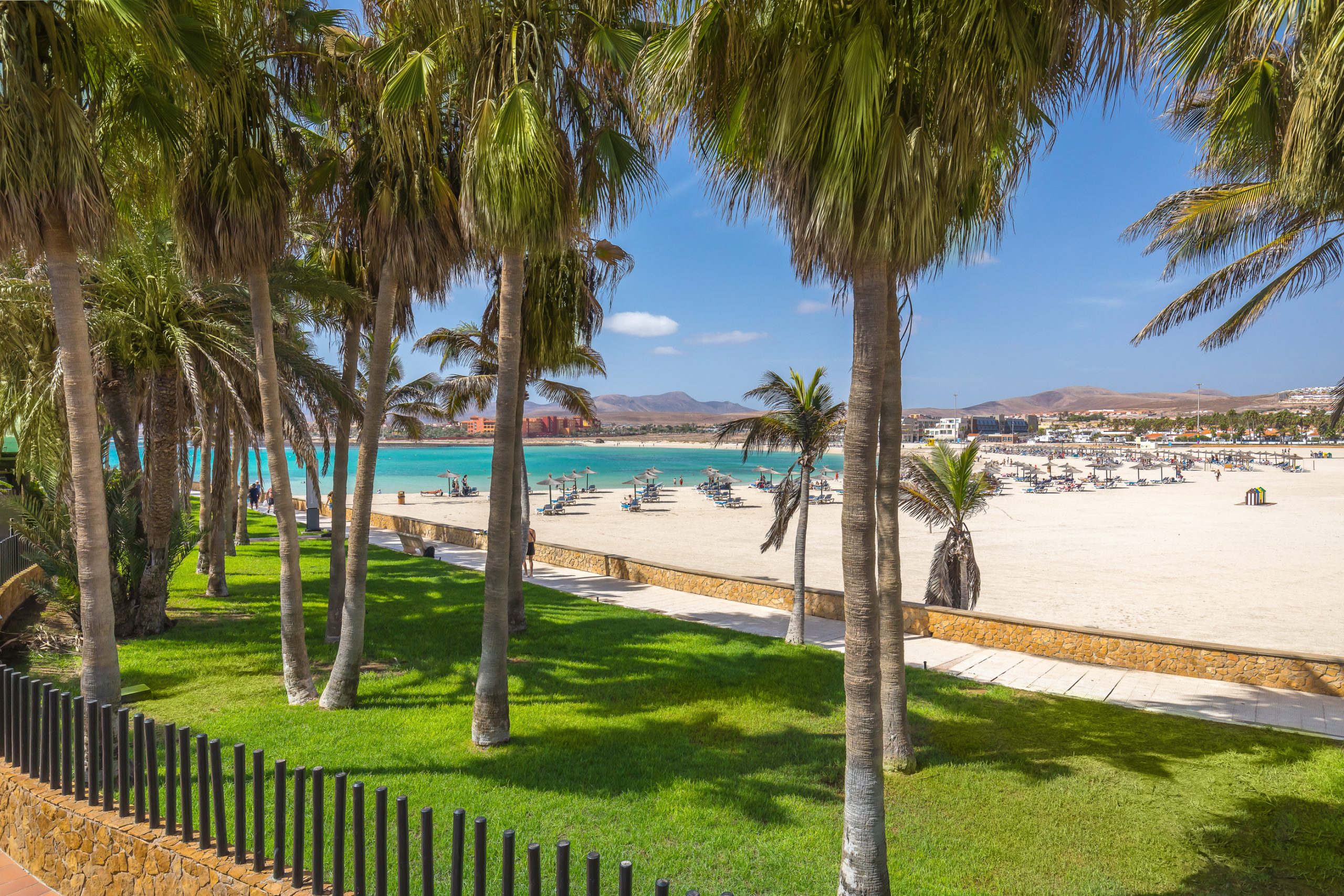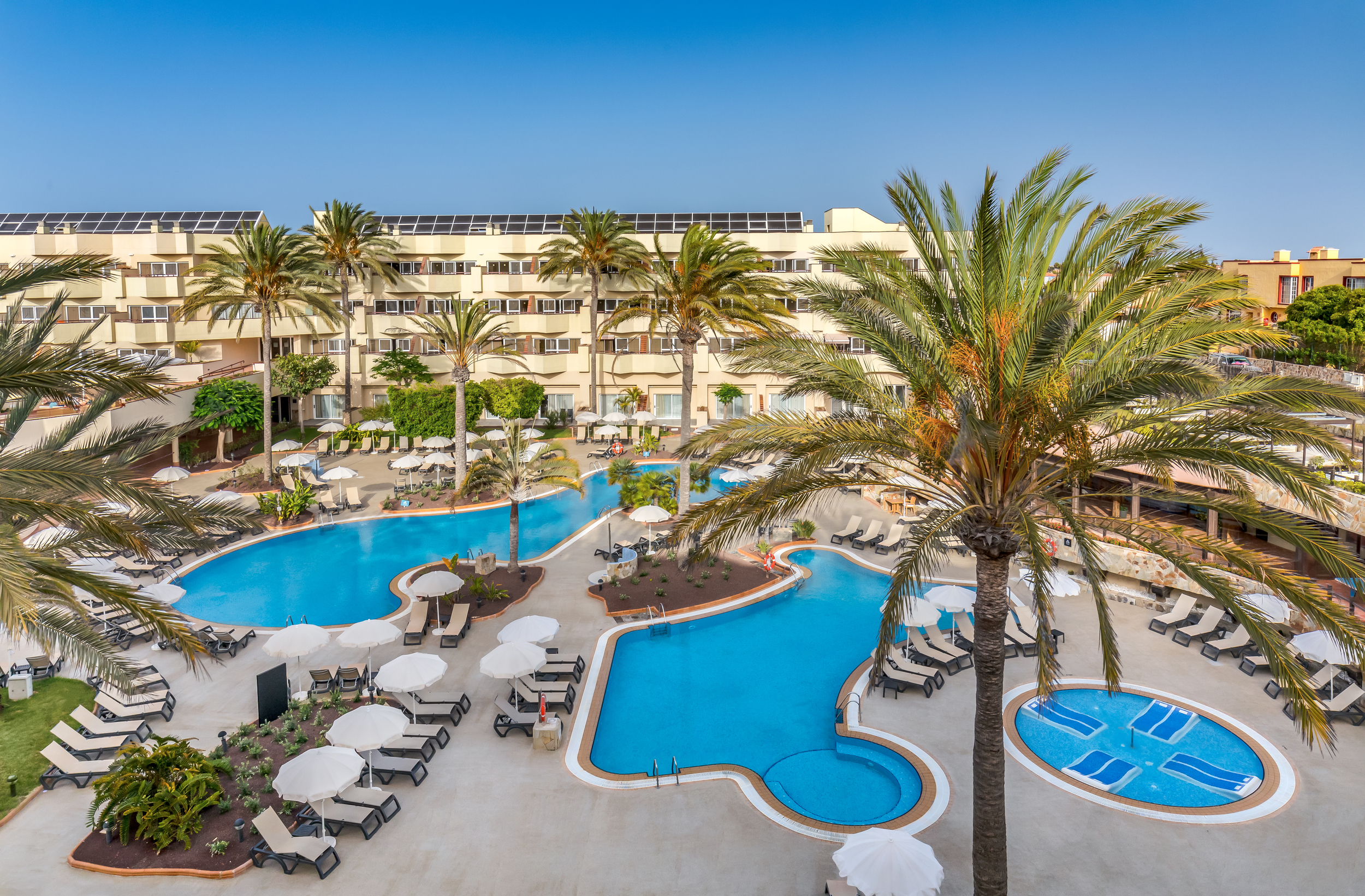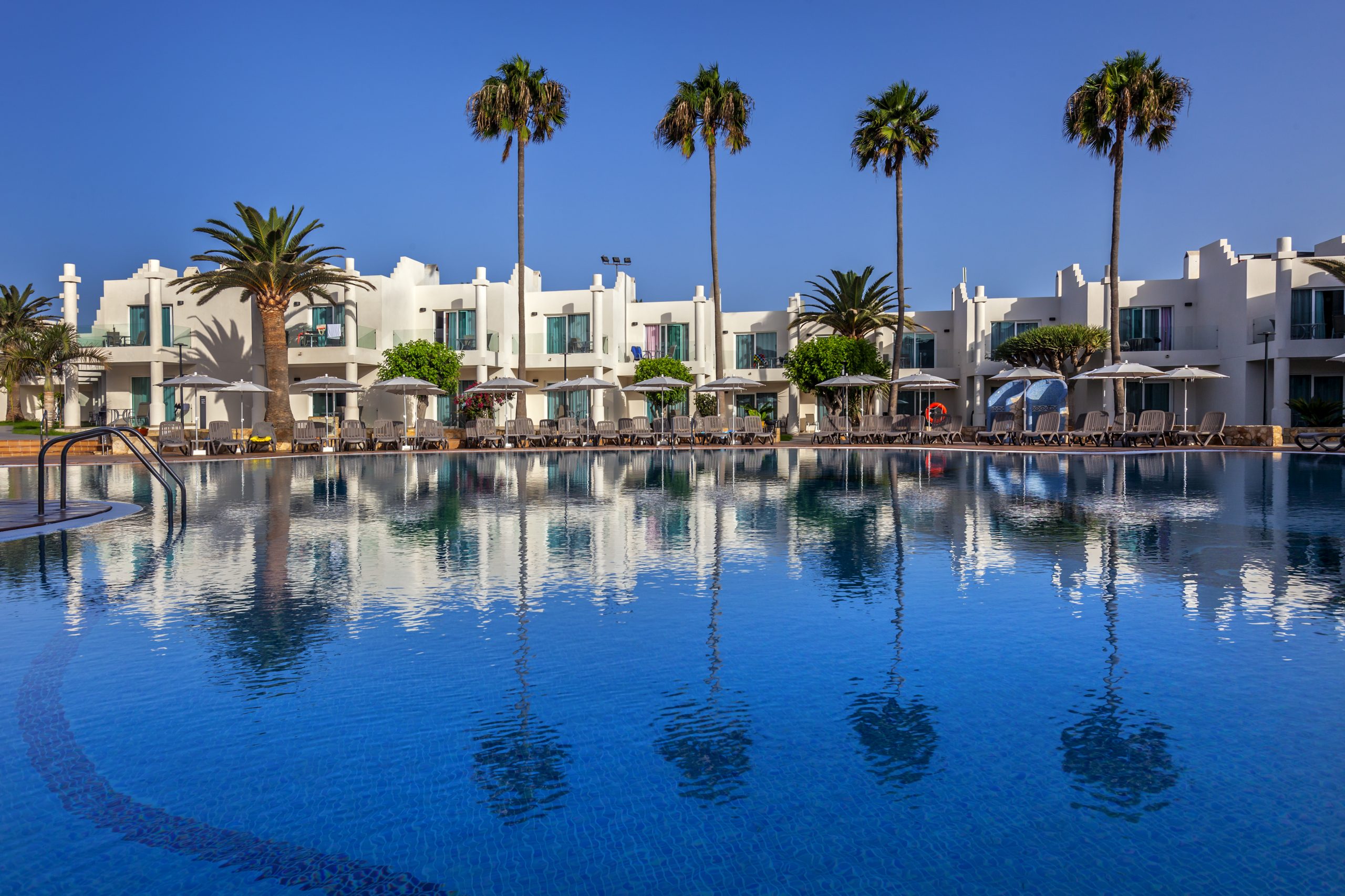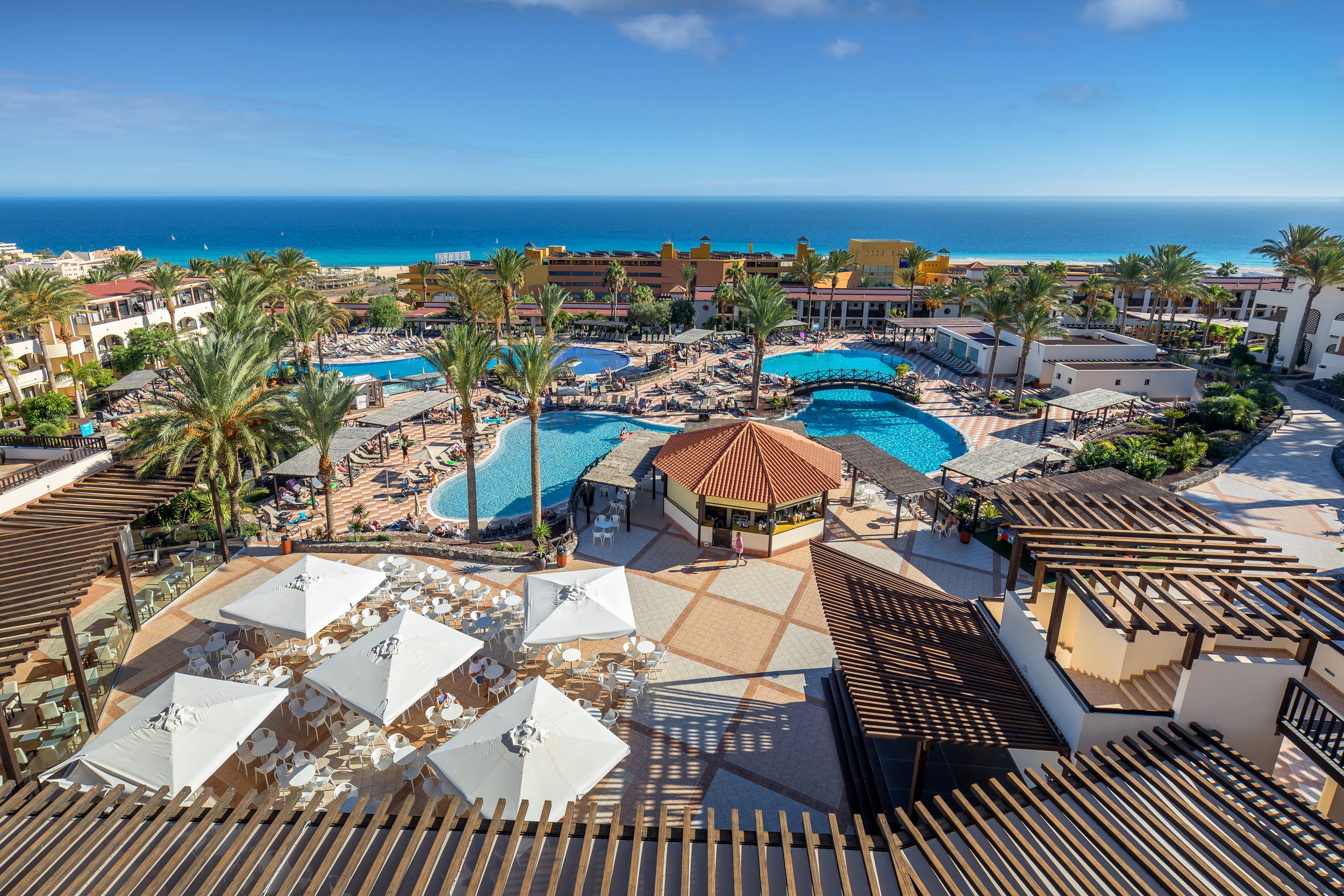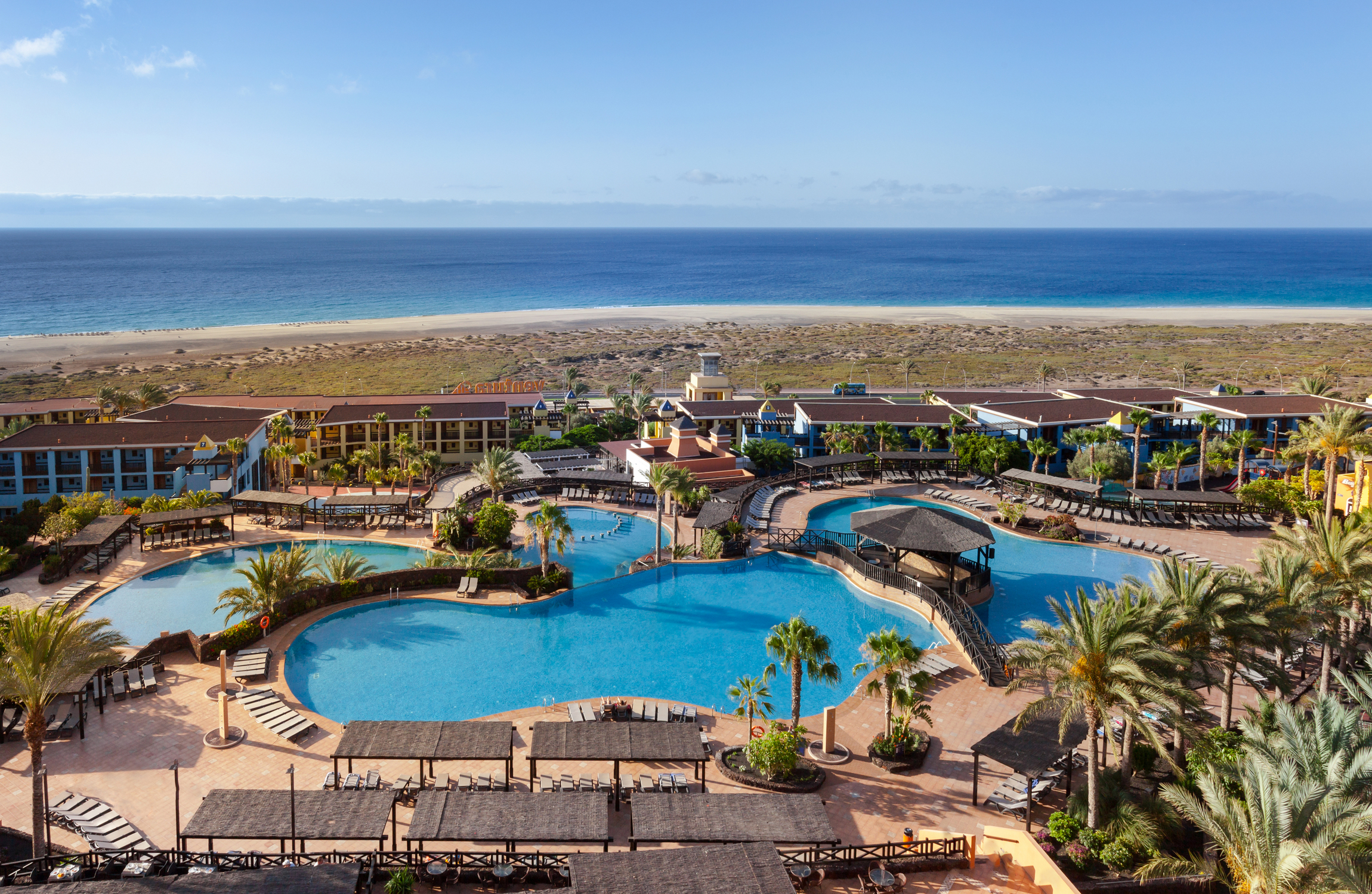Fuerteventura is synonymous with beaches, surfing and tranquillity, but this paradise of wind and sand is also home to small gems that make it even more special. One of these are the Ajuy caves, which allow you to journey back through the island’s geological history.
Each Canary Island is different to the rest, and in the case of Fuerteventura, the whims of volcanology have bestowed it with veritable natural monuments, which convey the sheer might of the deepest depths of the planet. Ajuy caves are one of these examples of nature. Declared a Natural Monument in 1987, they are part of Betancuria Rural Park, which means they are fully protected.
The most famous caves in Fuerteventura
The spectacular Ajuy caves, which are estimated to be centuries old, are the oldest formations in the Canary Islands. They belong to the basal complex of Fuerteventura, created by the submarine flow of lava and sediment that rose to the surface and began to form the island 100 million years ago in the Cretaceous period. The rocks emerged from a depth of 3,000 metres and started to form the base that these days supports this island and that of Lanzarote.
The caves are extremely important from a geological and paleontological perspective and are among the 150 sites of primary geological interest in the world. Visiting them means travelling back in time to the very origins of Fuerteventura and the Canary Islands themselves. Like in other caves, heading deep into their cavities is an astonishing experience, and it’s impossible not to feel insignificant before the magnitude of what you encounter.
The size of the cave and the rock’s interesting forms leave visitors in awe and completely captivated, whilst the ocean crashes against the rocks at the cave’s entrance. The Natural Monument (the caves and their surrounding area) spans a surface area of 31.8 hectares.
An excursion to Ajuy caves
The caves are situated in the seaside village of Ajuy on the western coast of Fuerteventura, around eight kilometres from the town of Pájara. They can be reached by car or by bus, which makes organising an outing to visit them easy. Access is also straightforward, by means of a trail of around 500 metres that begins on Ajuy beach itself. The cove, which spans 270 metres in length, is a great place to stop for some sunbathing or a swim and is nudist friendly.
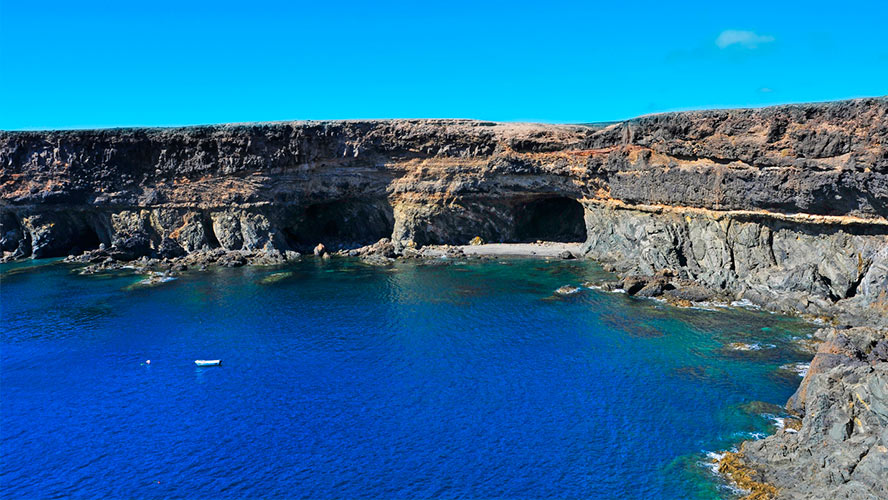
The trail to the cave is interesting in itself too, allowing you to catch a glimpse of the oldest fossil dunes on the island, formed of solidified sand—made up, for the most part, of organic material, attested to by the presence of marine fossils. Meanwhile, some holes close to the water serve as blowholes, such as in other parts of the Canary Islands. You’ll also notice several lime kilns, a type of activity that has played an important role in the construction of traditional homes. The area once supplied Gran Canaria and Tenerife with lime until well into the twentieth century.
You don’t need to set aside lots of time to visit Ajuy caves, as in less than an hour you’ll be done. The only downfall is that access is not adapted for people with reduced mobility. Just remember that the inside of the cave is damp and cool, as you would expect from a cave, so make sure you bring a jacket or coat.
Ajuy, a charming seaside village
In addition to the caves, the small village of Ajuy exudes that special seaside charm, as well as boasting other places of interest that will help round off your visit. Small in size, and a world away from the island’s big hotels, the village is perched in front of the ocean adjacent to a series of cliffs and a beautiful cove with black sand, also known as Los Muertos beach. A stroll along the jagged coastline will help you get a better feel for the island’s geology.
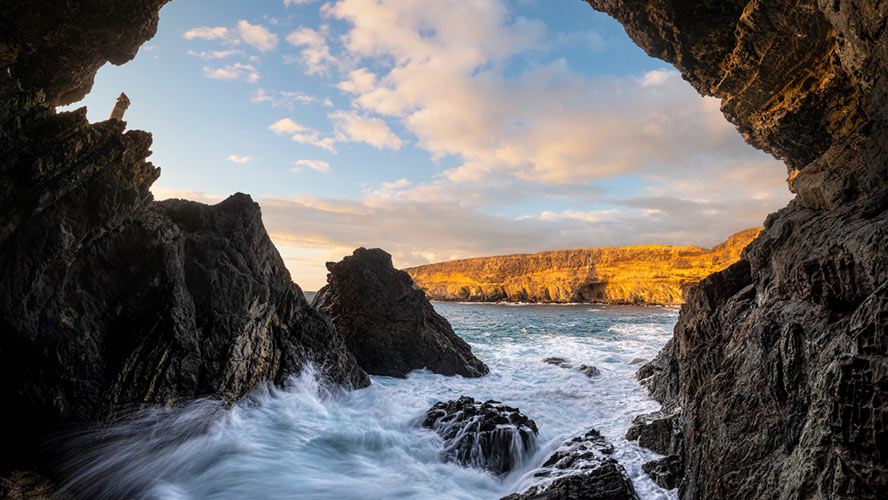
Ajuy, however, hides another secret: it was the place of entry of Jean de Béthencourt, the Canary Islands’ conqueror. Béthencourt, born in Normandy, France, took Lanzarote, Fuerteventura and El Hierro in the early fifteenth century. He was recognised by Castile as El Señor de las Islas de Canaria [Lord of the Canary Islands], with the approval of Henry III. He founded the town of Betancuria, the former capital of Fuerteventura, which is not far from Ajuy in the interior of the island and another historical place of interest that comes highly recommended.
It goes without saying, but don’t leave Ajuy without sampling the local cuisine at one of its restaurants.
Has all this left you blown away? Many often think that Fuerteventura is nothing but beaches and surfing, but the island is full of incredible places such as this one. It’s no wonder then that it is a Biosphere Reserve. If you would like to know more and to plan your visit to the island, see our Fuerteventura Guide, in which you’ll find many more great ideas and amazing places to visit.





























































